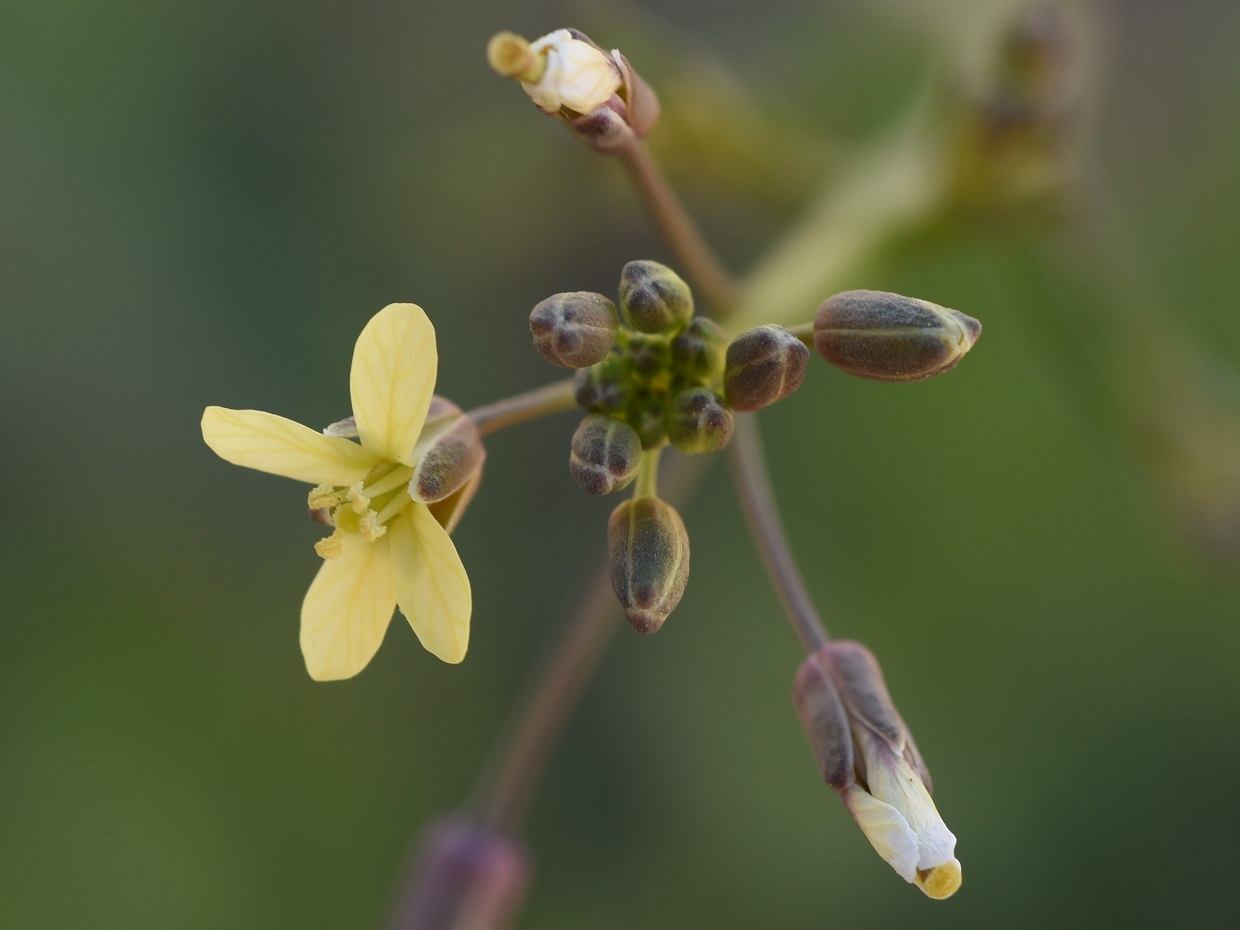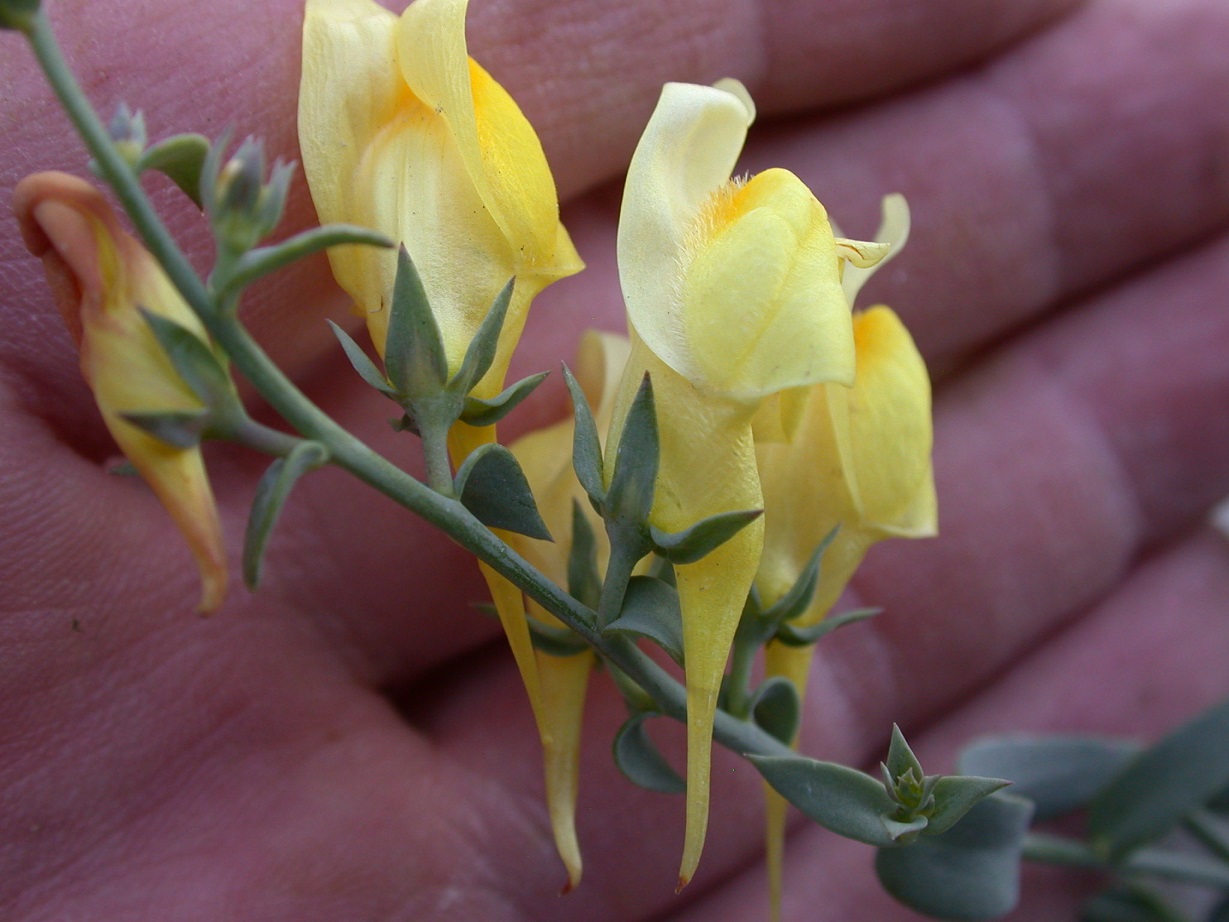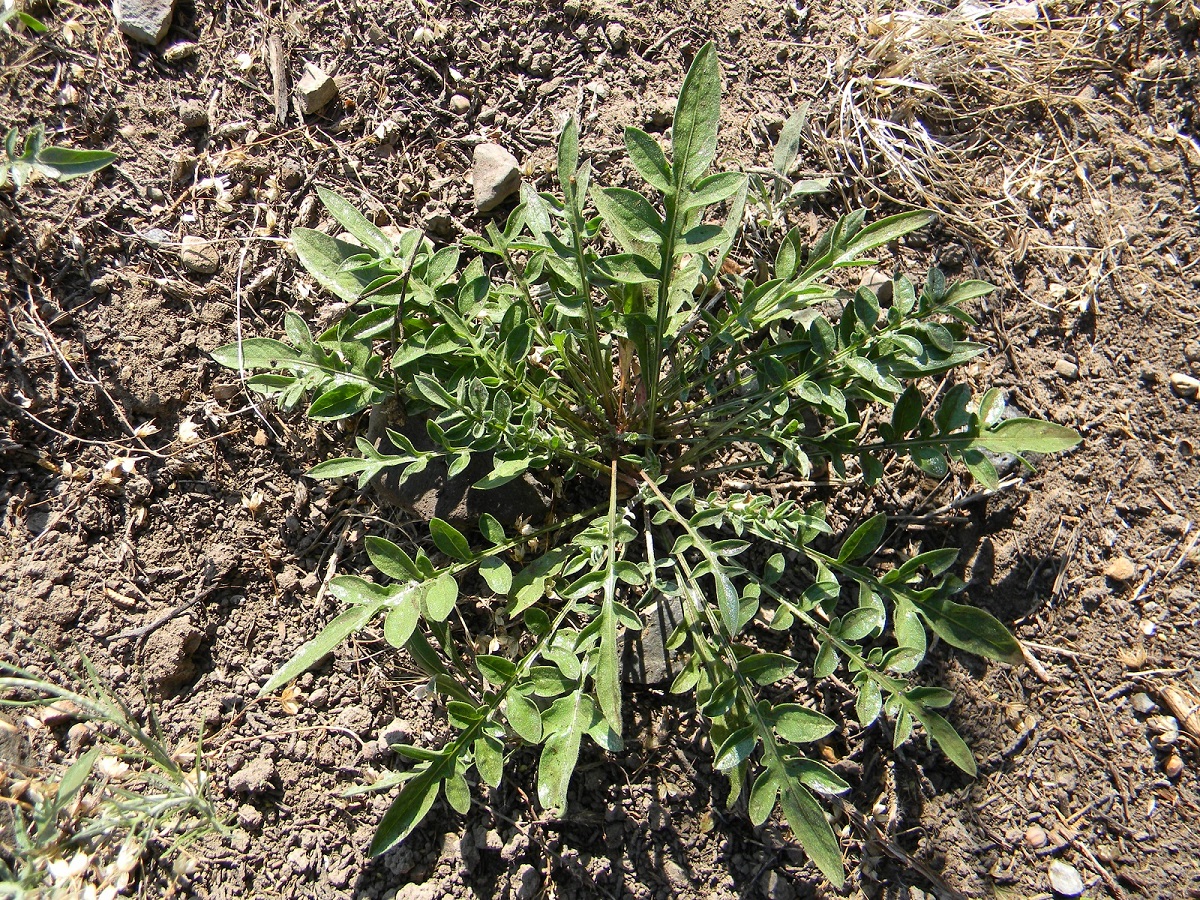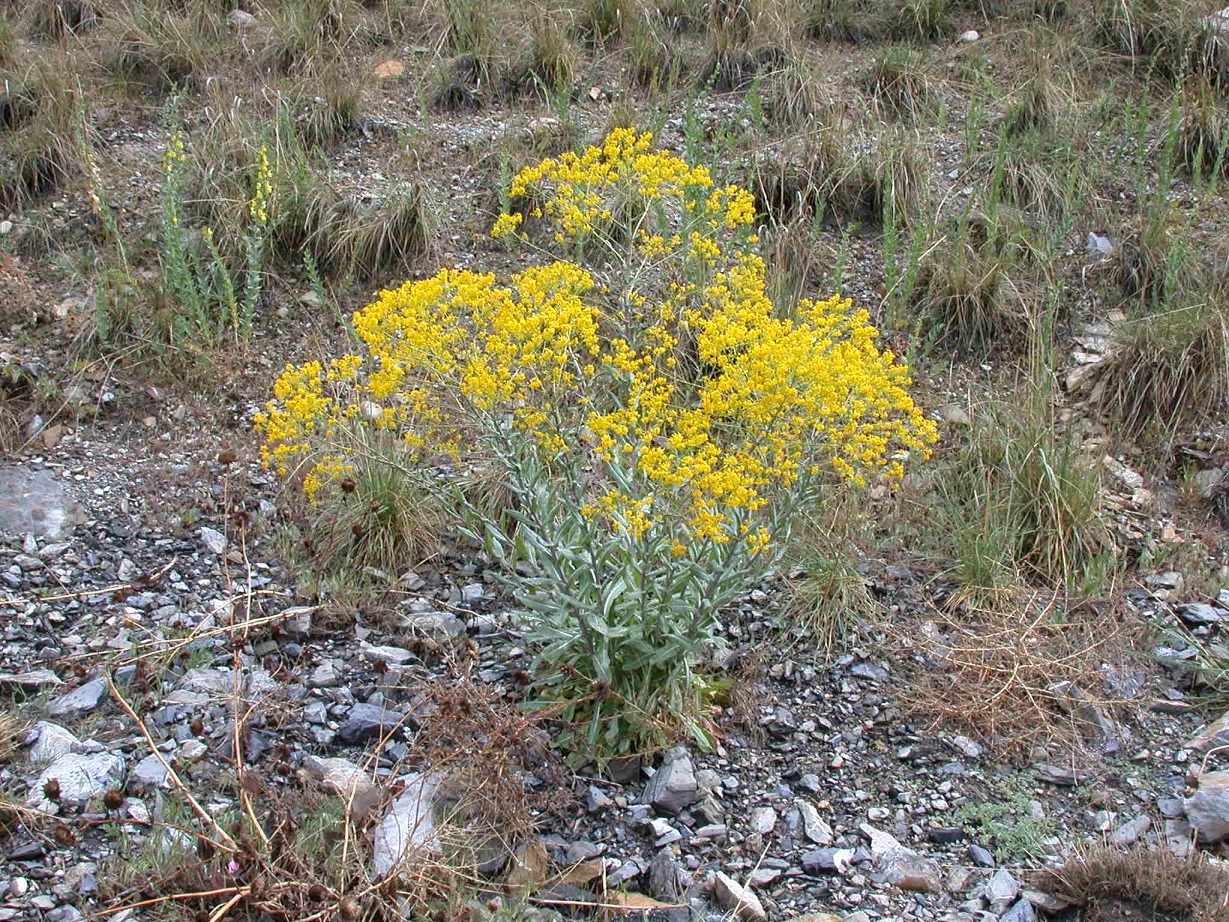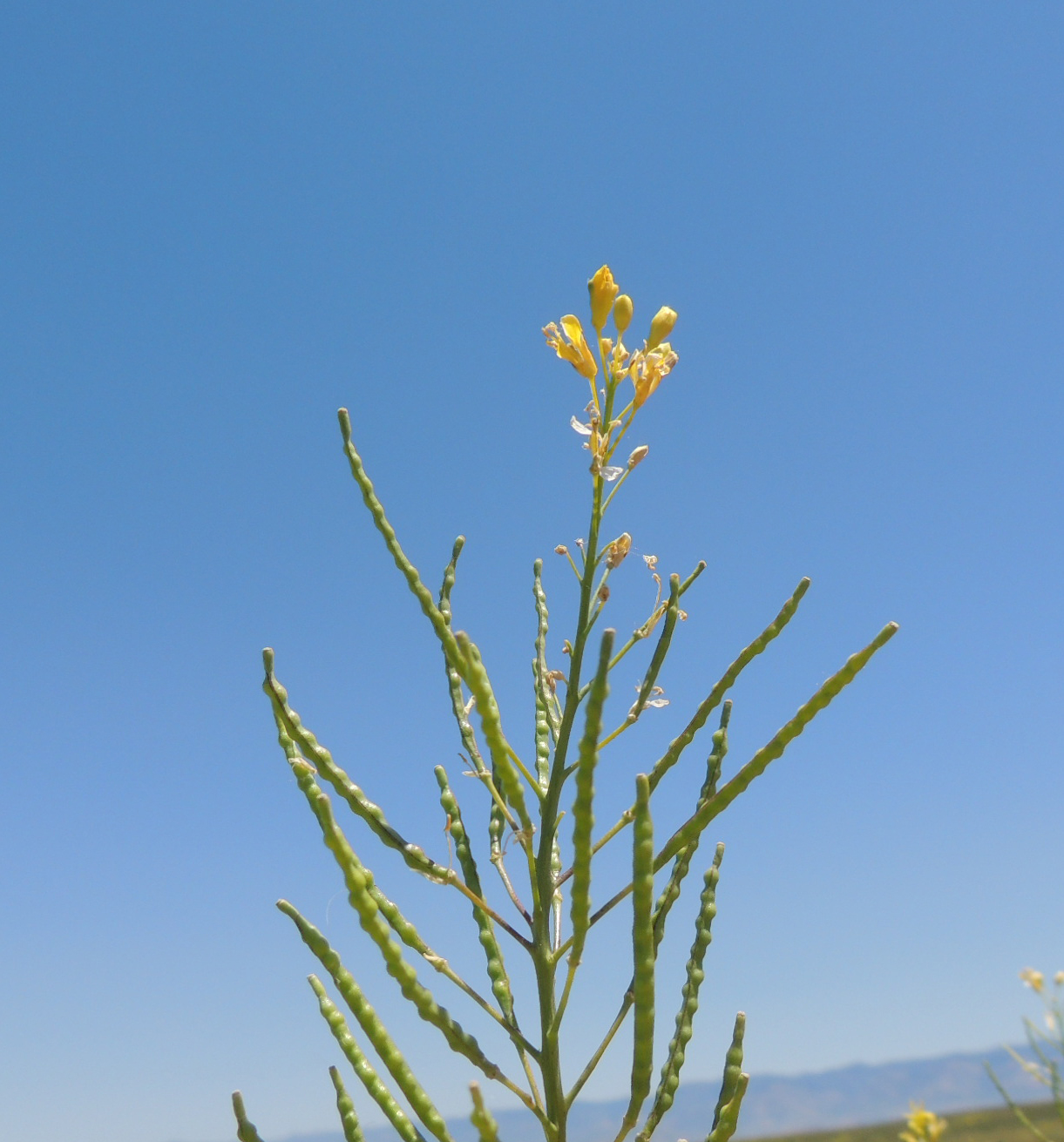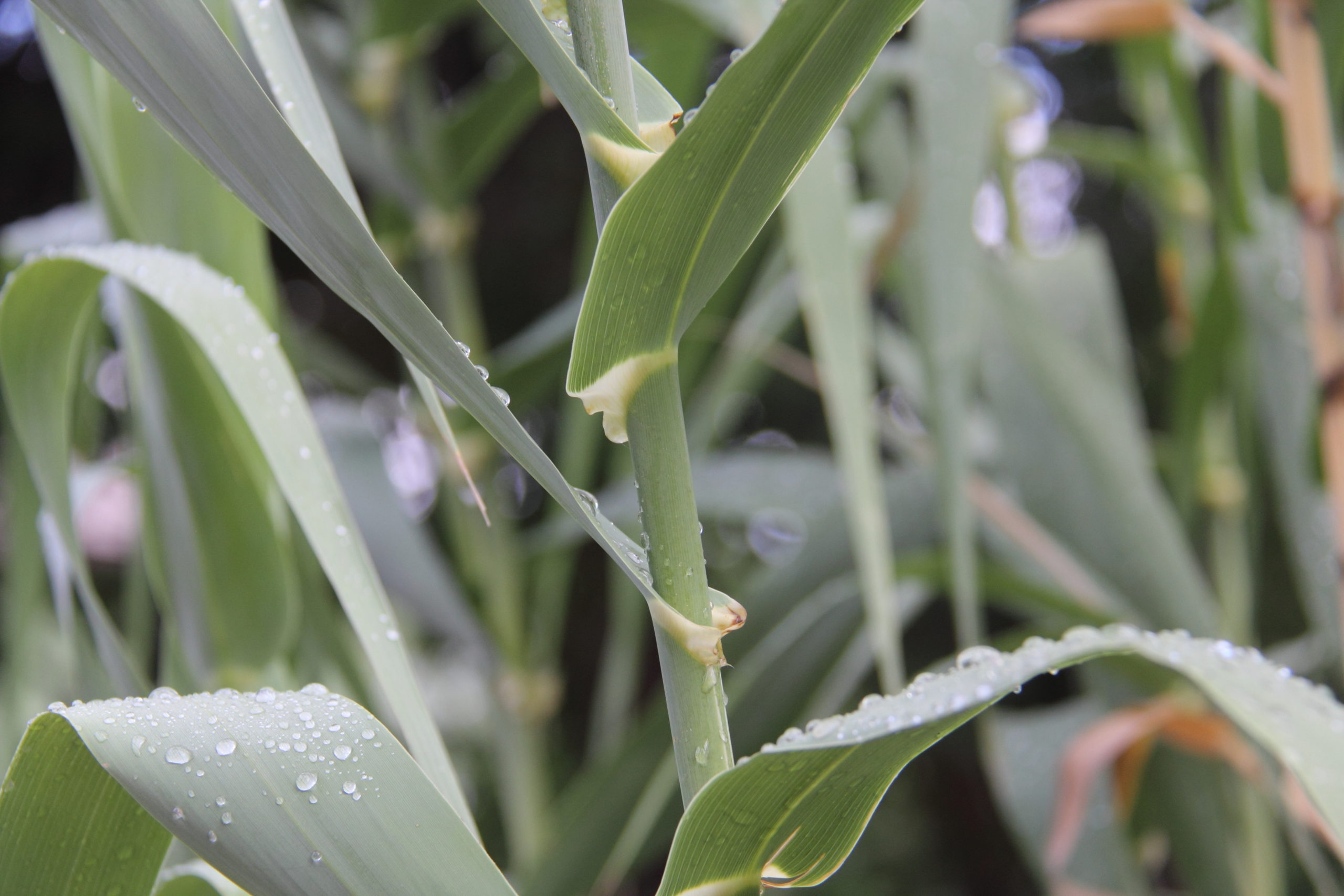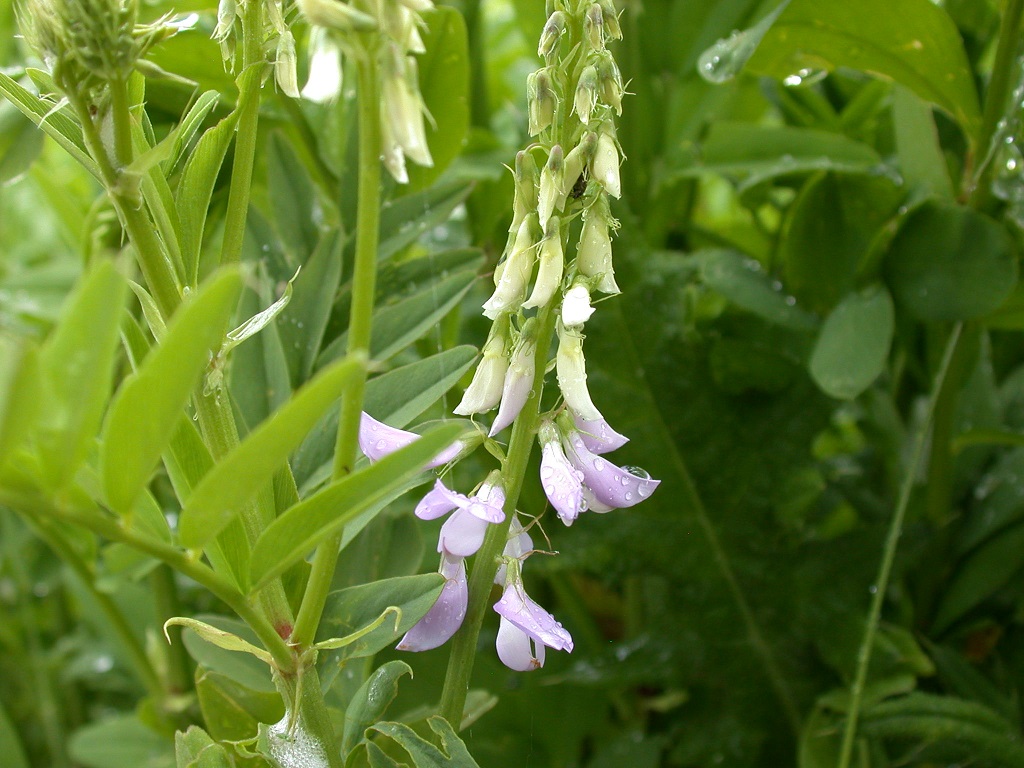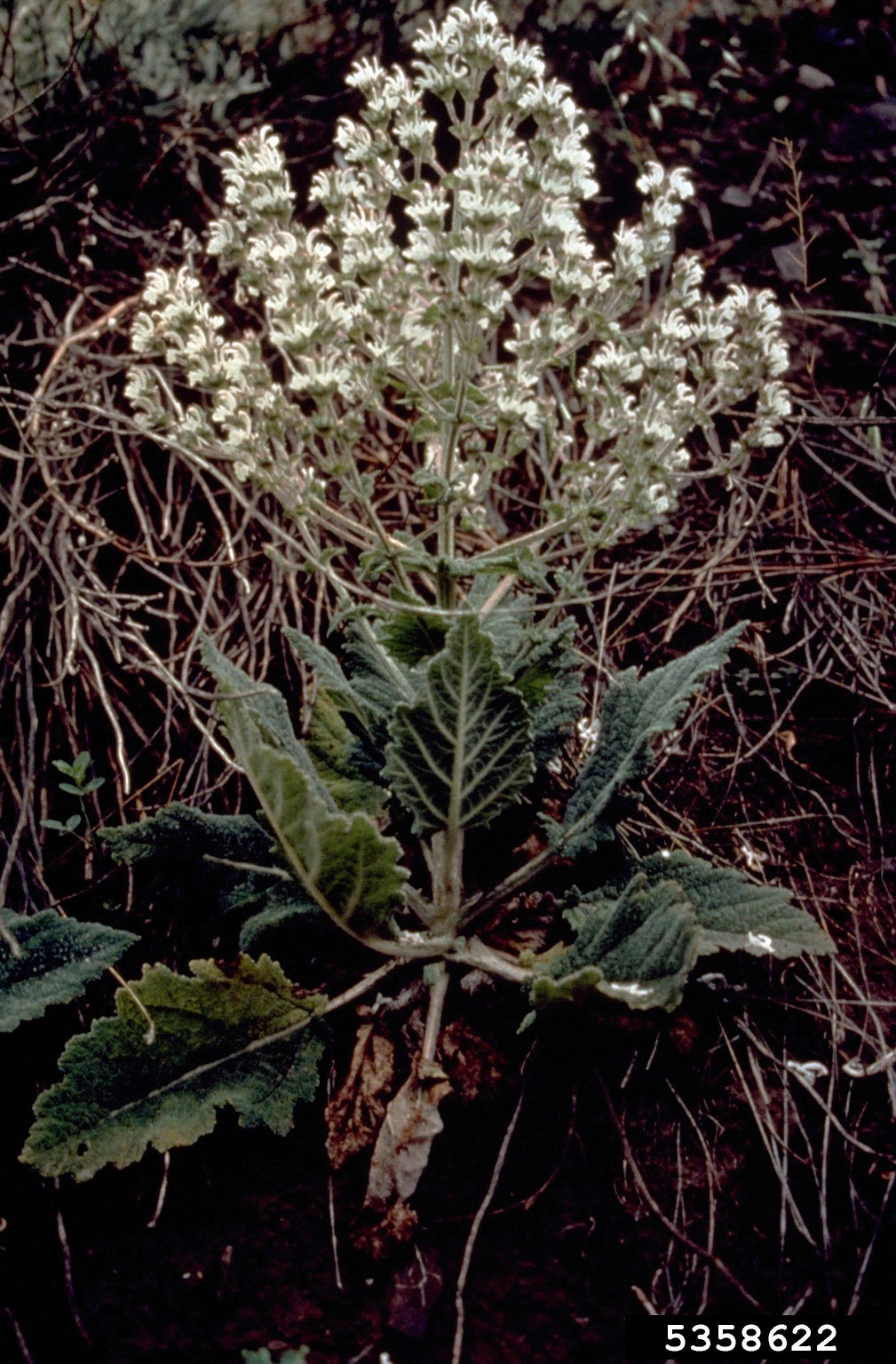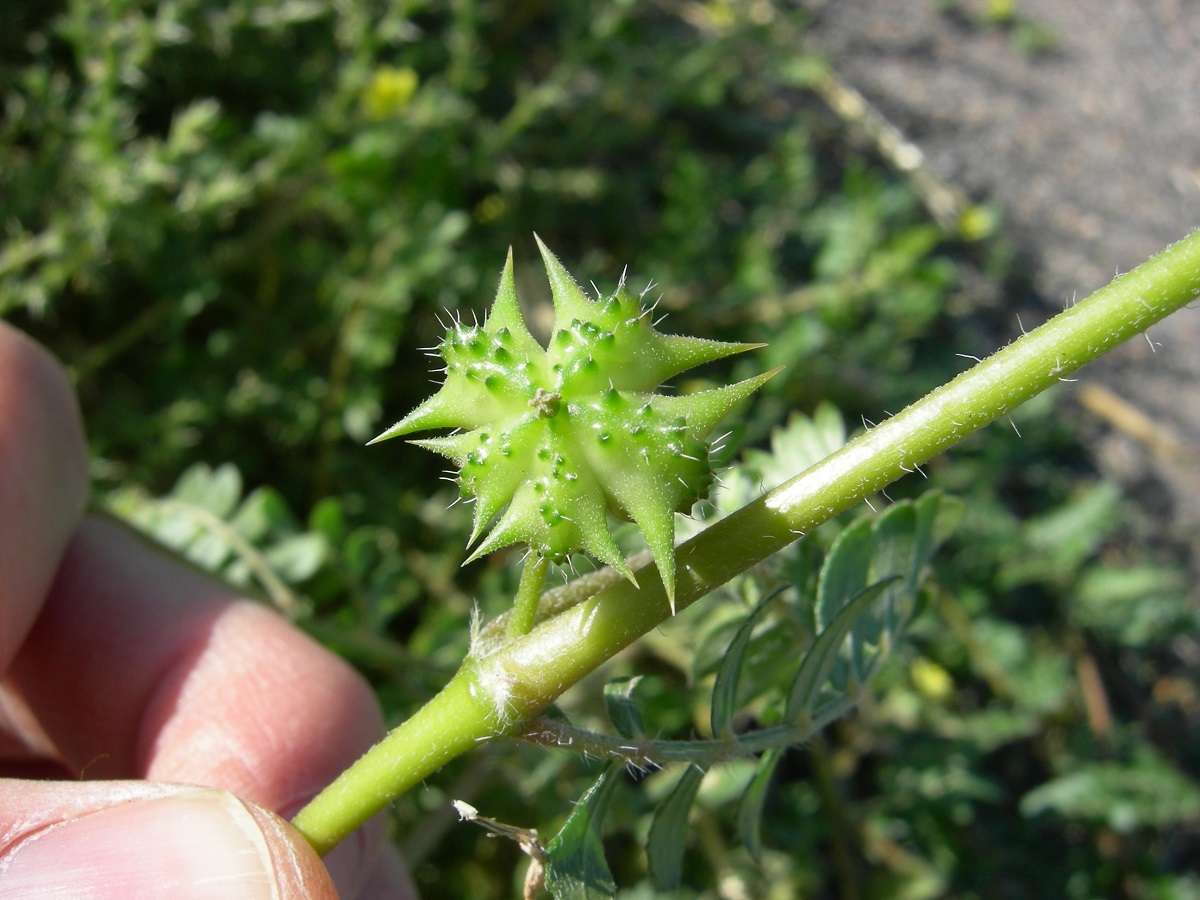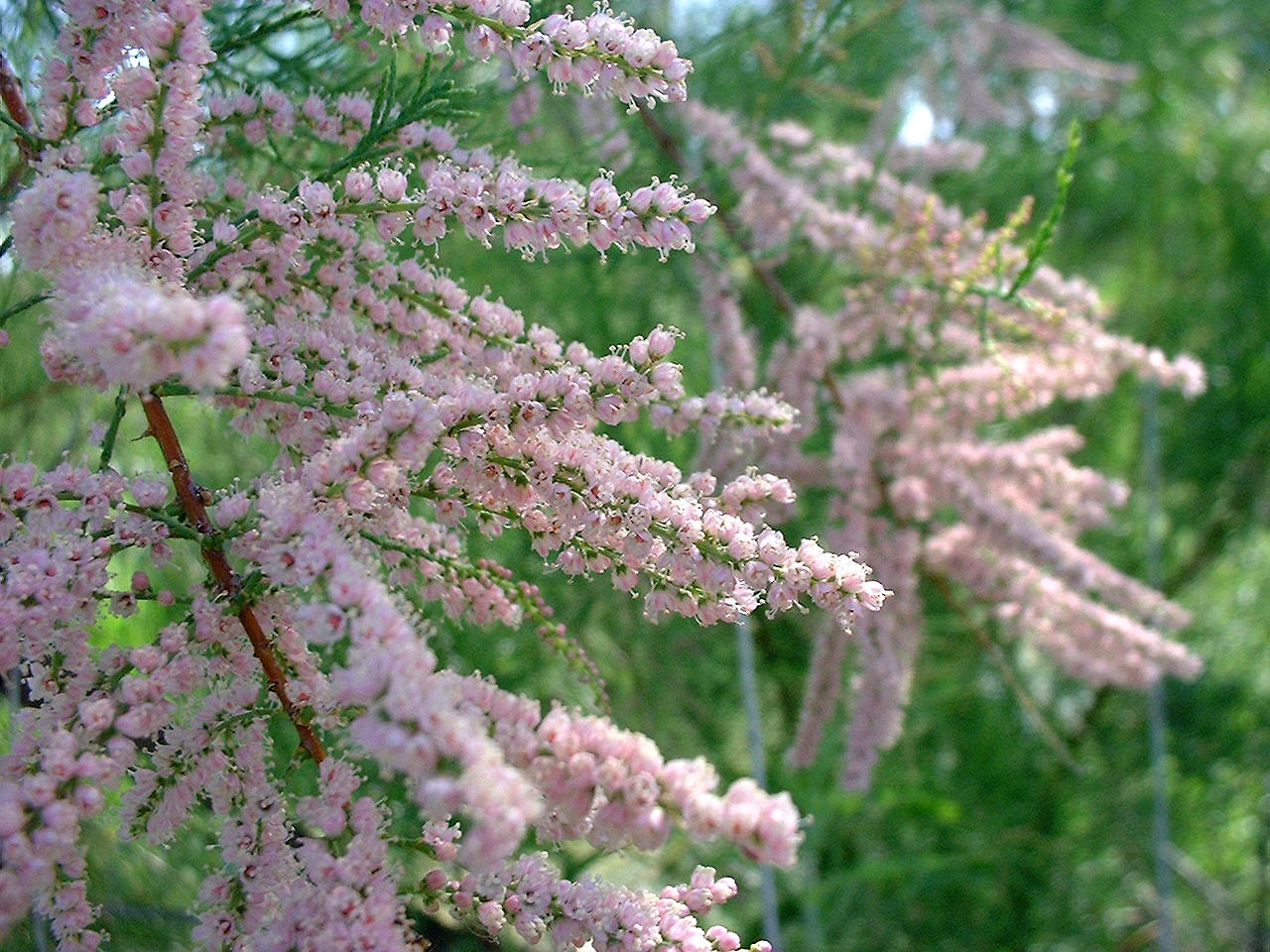Phragmites
- Scientific Name: Phragmites australis
- Other Common Name: Common reed
BACKGROUND: Native to North America and Europe, phragmites is a weed in wetlands, marshes, and waterways, where it can form impenetrable stands. It is sold by nurseries, is commonly used in erosion control, and sometimes for livestock grazing. It is tolerant of fire and salinity.
DESCRIPTION: A perennial rhizomatous grass, with hollow, sometimes creeping stems. Phragmites grow up to 10 feet tall, with rhizomes as deep as 3 feet, and rough-margined leaves up to 1 1/2 feet long. Flowers form in dense, brown, feathery plumes at stem tips. Phragmites is commonly mistaken for giant reed. However, the flower-bearing stems on giant reed are hairless, whereas those of phragmites have silky hairs.
CONTROL: Do not plant phragmites. Because of extensive rhizomes, most mechanical control measures are only partially successful, and some actually encourage its spread. Research on biocontrol agents is ongoing. Systemic herbicides can be effective.







